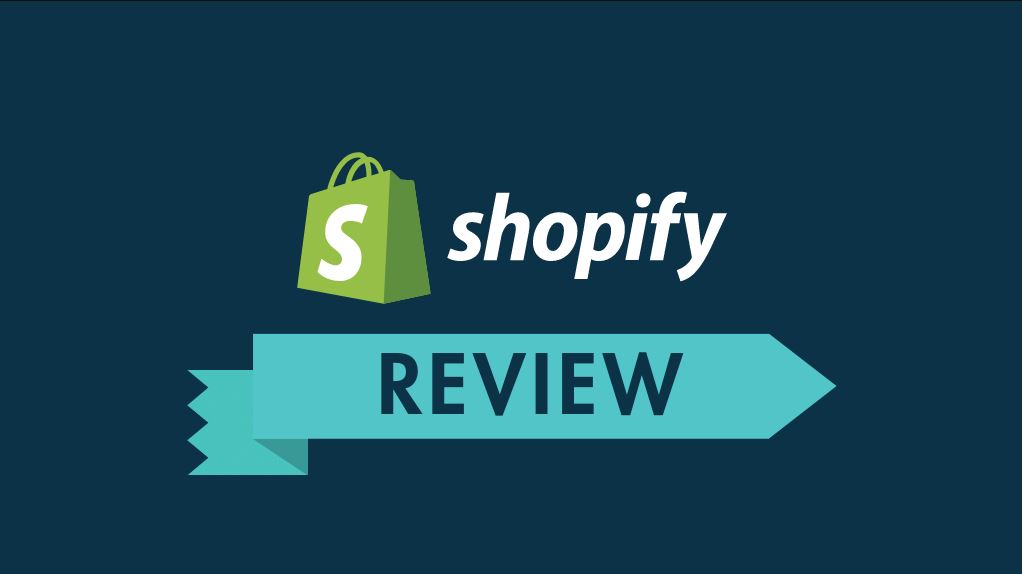
Shopify 2 A Huge Improvement
5th October 2022There is a huge number of online store building tools now available, and choosing the right one for your business can feel really difficult. Shopify is probably the best-known ecommerce solution currently on the market — but is it actually the best fit for you?
What is Shopify?
Let’s dive in with an important question. What is Shopify?
Shopify is a web application that lets you create your own online store. It provides you with a wide range of ‘themes’ that can be customized to meet your own branding requirements, and allows you to sell either physical or digital products.
The platform aims to let beginners build an online store themselves — you don’t need to know how to code to use Shopify.
However, the platform also caters for developers, because it provides full access to CSS, HTML and Liquid (Shopify’s templating language).
Best Shopify 2.0 Website Designs(2022)
Attractive and unique website design has always played a key role in a successful online sales and marketing strategy. That’s because beautiful design and excellent user experience can increase the perceived value of your products.
Whether you’re about to create your first online store or you’re thinking about redesigning your current site, the following ecommerce website examples should give you ample website design inspiration.
How does Shopify work?
Shopify is a ‘hosted’ solution, meaning that it runs on its own servers, and you don’t have to buy web hosting or install any software to use it.
You build and manage your Shopify store in a web browser — so, as long as you have access to the Internet, you can run a Shopify business from any location.
Now, the platform’s ‘big idea’ is to give you the key things you need to build and market an online store ‘out of the box’: templates, a payment processor, a blog and even email marketing tools are included on most Shopify plans.
That said, you can customize a Shopify store more extensively through the addition of apps — more on these later — or using custom code.
Finally, you don’t own a copy of Shopify, but instead pay a monthly fee to use it.
The number of Shopify users — and why this matters
Shopify was founded in Canada in 2006 by German-born entrepreneur Tobias Lütke, who realised that an ecommerce solution he created to sell snowboards could actually be used by — and sold to — other businesses.
Fast forward to today, and the platform has generated over $543bn in sales, and is now used by millions of merchants in 175 countries — according to Internet stats company Builtwith.com, Shopify currently powers around 3.8 million online stores. Over 10,000 staff now work for the company.
These statistics matter because when you choose a hosted solution for your online store, you are placing a huge amount of trust in the company providing it.
There have been instances in the past of similar services closing down — for example, Magento Go — resulting in serious problems for their users, who had to migrate their stores over to a different platform at very short notice.
However, Shopify’s large user base and market share makes the prospect of this happening very unlikely.
Responsive design for mobile and web
According to Comscore, nearly 70% of digital media time is spent on mobile devices. Unfortunately, many ecommerce solutions don’t optimize for mobile and are built only with desktop browsing in mind. This can result in a fair number of lost new sales.
If you’re building your business with Shopify, your store is responsive. This means the site is user friendly on different devices and screen sizes, whether customers view it on a desktop, smartphone, or tablet.
When choosing an ecommerce website design based on mobile optimisation, it’s best to personally test the ease of use to see if you’re happy with the transactional flow. If you’re not, there’s a good chance your customers won’t be either. Elements like cart drawers and easy-to-follow mobile navigation are crucial when finalizing your choice.
Shopify pricing
There are five Shopify pricing plans available, with the following monthly fees:
- Basic — £19 per month
- Shopify — £49 per month
- Advanced — £259 per month
- Shopify Plus — custom pricing.
There are a couple of things it’s worth mentioning quickly here:
- If you pay annually for your plan, you can avail of a sizeable discount — paying for your first year’s service upfront rather than monthly gives you 10% to 50% off your plan (with the precise discount depending on location). Paying for 2 or 3 years in advance gives you a 20% and 25% discount respectively.
- Additional fees apply to make the most out of Shopify’s point-of-sale features, which let you sell goods in a physical location. (I discuss these in more depth later on in this Shopify review).
Shopify PLus
Shopify Plus, the enterprise-grade version of the platform, provides additional functionality and elements aimed at larger companies, including:
- the option to host and manage ten stores using one account
- guaranteed server uptime
- enhanced API access
- ‘white glove’ level of support via a dedicated ‘Merchant Success’ programme
- access to more apps and integrations
- more sophisticated options for selling in multiple currencies
- sales automation tools.




